The gig economy has been an increasing trend in recent years, offering an array of opportunities and challenges for workers. This blog post provides an in-depth look into the experiences and insights shared in our latest podcast episode titled, “Exploring the Gig Economy: Rideshares, Big Earnings, and the Tipping Controversy”.
Our episode starts with an insightful discussion about the gig economy. We engage with our listeners, discussing the realities of driving for Lyft and Uber, debating the highs, the lows, and exploring ways to maximize earnings. The gig economy has its pros and cons, with its flexible work hours and independence on one hand, and instability and lack of benefits on the other. However, understanding the dynamics of this industry can help gig workers to make the most out of it.
We also explore the success of the gig economy in the breathtaking landscapes of Hawaii. A success story from a DoorDash driver who earned over $114,000 in a year sheds light on the profit potential in this industry. He shares his strategies for success, which include understanding peak hours, being familiar with the locality, and delivering with efficiency and politeness. However, the gig economy isn’t without its challenges. We discuss the hurdles faced by Amazon Flex groups during peak periods and how they navigate these issues.
One of the most contentious topics in the gig economy is tipping. With DoorDash’s new tipping feature sparking debate, we delve into this complex issue. The practice of tipping varies greatly across cultures, with differing customs, ethics, and expectations. The new feature changes the meaning of a tip from a reward for service to a bid for service. We discuss the potential implications of this change, how it might affect consumer and driver tipping expectations, and whether it could lead to similar changes in other industries.
Finally, we compare the differences between Lyft and Uber, discussing strategies to maximize earnings for drivers. The gig economy in Hawaii provides an example of how other workers can find success. The potential for maximizing earnings with DoorDash and Uber is investigated, along with the rules these companies enforce. We also touch on the importance of avoiding bad rides and negotiating a return fare.
In conclusion, the gig economy is a dynamic and complex industry with its unique opportunities and challenges. By understanding these intricacies, gig workers can better navigate this industry and maximize their earnings. The tipping controversy serves as a reminder of the ever-changing landscape of this economy, highlighting the need for adaptability and constant learning.

